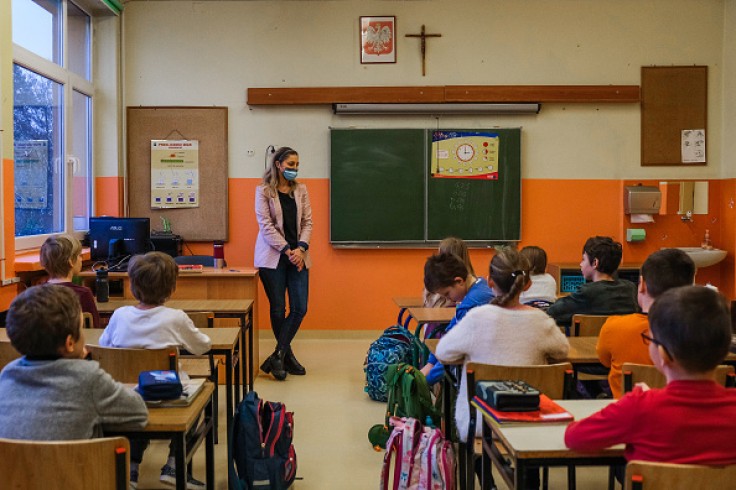
The new guidelines for reopening classrooms by the CDC does not require teachers to be vaccinated first.
On Friday, the Centers for Disease Control and Prevention or CDC finally issued the educators much anticipated, new, more comprehensive revised guidance on how to run schools safely during the pandemic to help school leaders bring students back to classrooms safely or keep them there.
The measured and data-driven guidelines seek to carve a middle route between individuals who want to reopen classrooms and those teachers and parents who remain hesitant to return to in-person learning before widespread vaccination.
What do CDC school reopening guidelines class say?
According to CDC Director Dr. Rochelle Walensky, on a phone briefing with reporters said, "CDC is not mandating that schools reopen." The CDC school reopening guidelines are a layer of the most efficient safety precautions: wearing a mask, physical distancing, hand-washing and practicing respiratory etiquette, ventilation, building cleaning, and touch tracing.
For elementary students: Since Elementary schools can function in person at any level of group virus transmission with proper prevention, such as masking, physical distancing, and hygiene, the guidelines say.
For Middle and High School: If they perform weekly coronavirus testing of students and staff members, middle and high schools will open at any degree of community spread. The agency also suggested that all schools minimize attendance at higher levels of community spread by making students come to class on different days or remotely having certain students study.
ALSO READ : Angry Parents and Gynecologists Took Over Social Media Against a Feminine Wash for Teens
For educators: The guidelines say that teachers and other school personnel vaccination are essential but should not be considered a prerequisite for reopening shuttered schools.
School districts are not required to adopt the recommendations. Many school districts in the nation are still working at least partly in person, and the guidelines state they can continue to do so, even though there is a high degree of community transmission.
Thus, there is no exact way to see if a school will open safely under the CDC's rules.
It suggests that concerned citizens look up the test positivity rate of the populace and the number of new cases per 100,000 individuals in the last seven days (these figures are mostly accessible on state or county websites, but you will need to do some math to get the rate per 100,000 individuals), then equate the policy guidelines of the department for that transmission level with what your school is doing.
However, the guidelines agree that at higher levels of group transmission than the recommendations advise, certain schools have been safely accessible.
These laws are not to allow more districts to put students back into the classroom. Labor concerns are the biggest obstacle to reopening in many communities that remain closed.
Some local teachers' unions seek teachers' vaccination, housing to enable teachers with vulnerable relatives to continue working from home, and more stringent building safety steps. But by referring to existing studies on how to run schools safely during the pandemic, the recommendations could help districts and unions find consensus.
READ MORE: Canceled Spring Break Plans? Here Are Staycation Ideas for You and Your Family